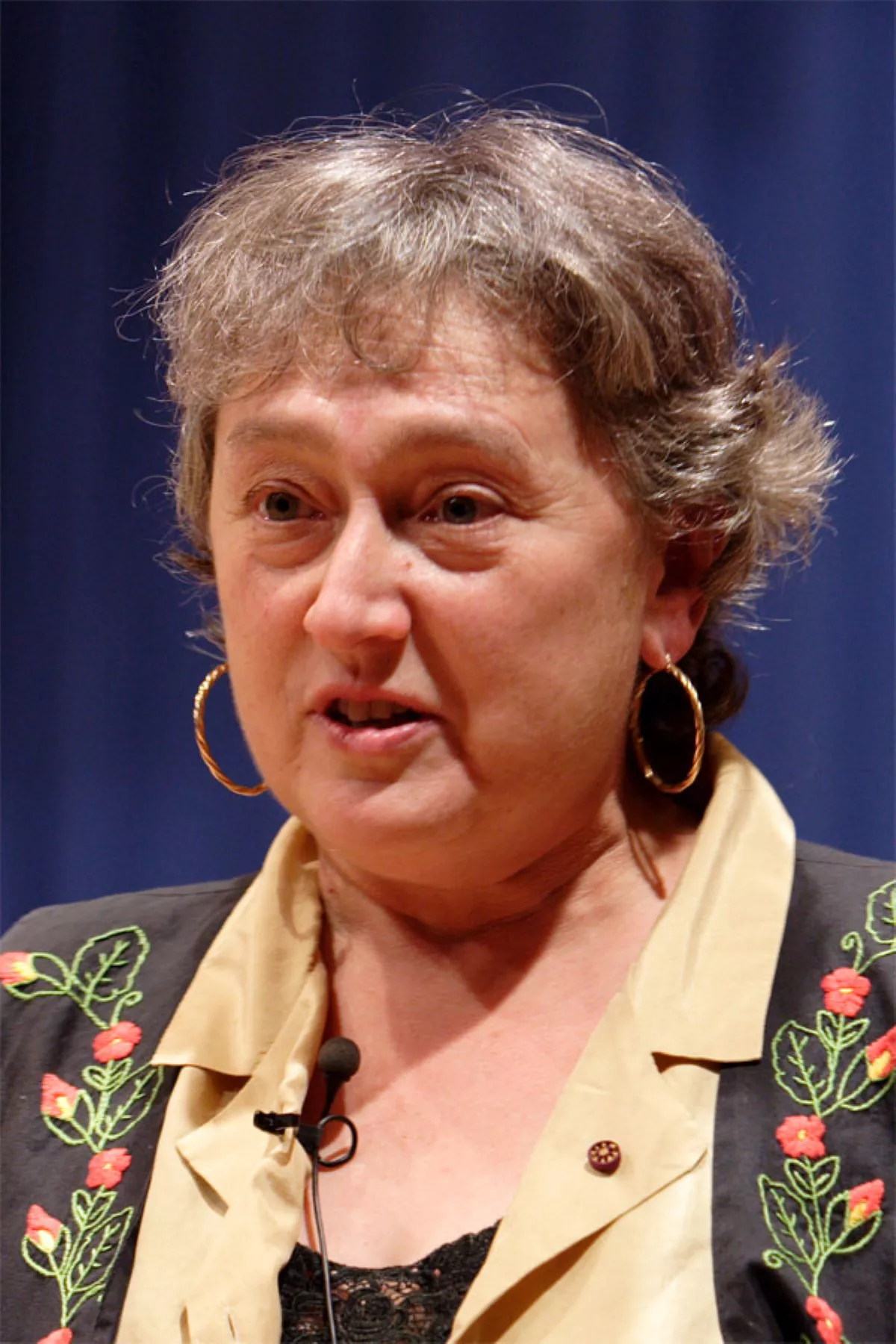 1.
1. In particular, Margulis transformed and fundamentally framed current understanding of the evolution of cells with nuclei by proposing it to have been the result of symbiotic mergers of bacteria.

 1.
1. In particular, Margulis transformed and fundamentally framed current understanding of the evolution of cells with nuclei by proposing it to have been the result of symbiotic mergers of bacteria.
Lynn Margulis was the co-developer of the Gaia hypothesis with the British chemist James Lovelock, proposing that the Earth functions as a single self-regulating system, and was the principal defender and promulgator of the five kingdom classification of Robert Whittaker.
Lynn Margulis was elected a member of the US National Academy of Sciences in 1983.
Lynn Margulis Petra Alexander was born on March 5,1938 in Chicago, to a Jewish family.
Lynn Margulis's parents were Morris Alexander and Leona Wise Alexander.
Lynn Margulis's father was an attorney who ran a company that made road paints.
Lynn Margulis entered the Hyde Park Academy High School in 1952, describing herself as a bad student who frequently had to stand in the corner.
Lynn Margulis joined the University of Wisconsin to study biology under Hans Ris and Walter Plaut, her supervisor, and graduated in 1960 with an MS in genetics and zoology.
Lynn Margulis's thesis was An Unusual Pattern of Thymidine Incorporation in Euglena.
Lynn Margulis was initially an Adjunct Assistant Professor, then was appointed to Assistant Professor in 1967.
Lynn Margulis was promoted to Associate Professor in 1971, to full Professor in 1977, and to University Professor in 1986.
In 1966, as a young faculty member at Boston University, Lynn Margulis wrote a theoretical paper titled "On the Origin of Mitosing Cells".
Lynn Margulis opposed competition-oriented views of evolution, stressing the importance of symbiotic or cooperative relationships between species.
Lynn Margulis later formulated a theory that proposed symbiotic relationships between organisms of different phyla, or kingdoms, as the driving force of evolution, and explained genetic variation as occurring mainly through transfer of nuclear information between bacterial cells or viruses and eukaryotic cells.
Lynn Margulis met with Lovelock, who explained his Gaia hypothesis to her, and very soon they began an intense collaborative effort on the concept.
Lynn Margulis became the most important defender of the five kingdom classification.
Lynn Margulis rejected the three-domain system introduced by Carl Woese in 1990, which gained wide acceptance.
Lynn Margulis introduced a modified classification by which all life forms, including the newly discovered, could be integrated into the classical five kingdoms.
Journalist John Wilson explained this by saying that Lynn Margulis "defined herself by oppositional science," and in the commemorative collection of essays Lynn Margulis: The Life and Legacy of a Scientific Rebel, commentators again and again depict her as a modern embodiment of the "scientific rebel", akin to Freeman Dyson's 1995 essay The Scientist as Rebel, a tradition Dyson saw embodied in Benjamin Franklin, and which Dyson believed to be essential to good science.
Lynn Margulis married astronomer Carl Sagan in 1957 soon after she got her bachelor's degree.
Lynn Margulis died on November 22,2011, at home in Amherst, Massachusetts, five days after suffering a hemorrhagic stroke.